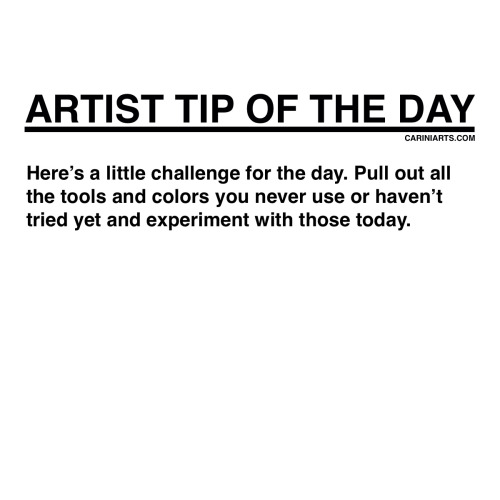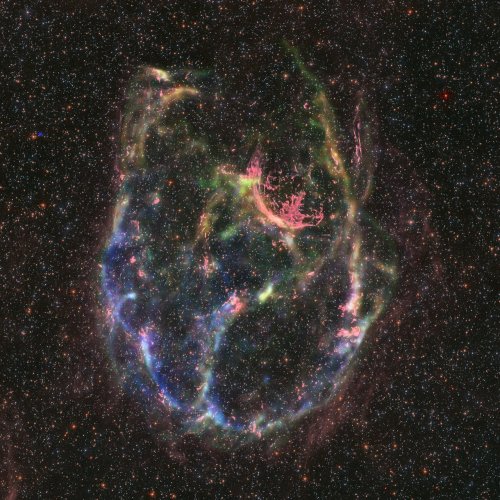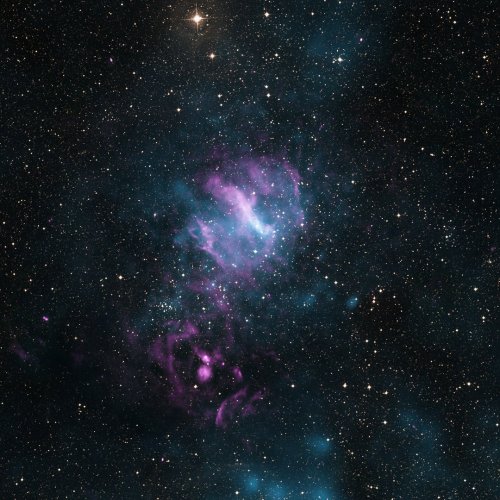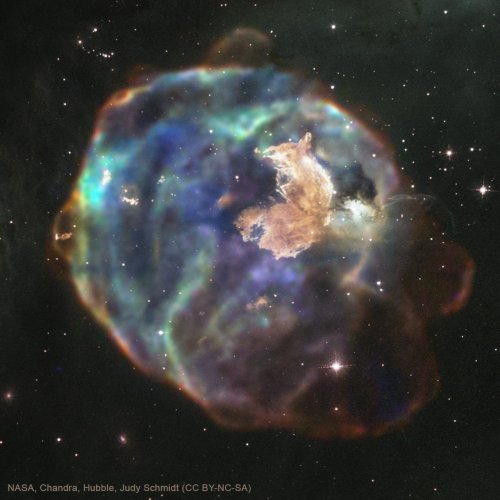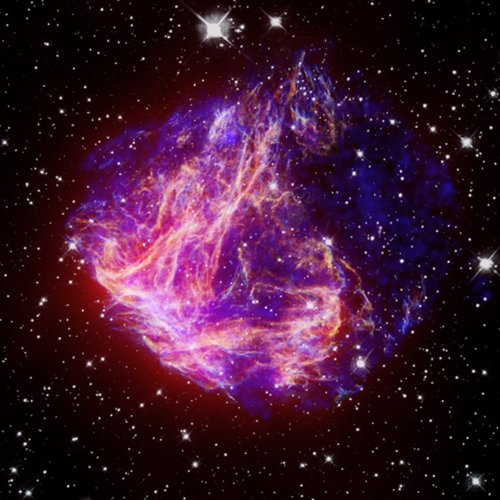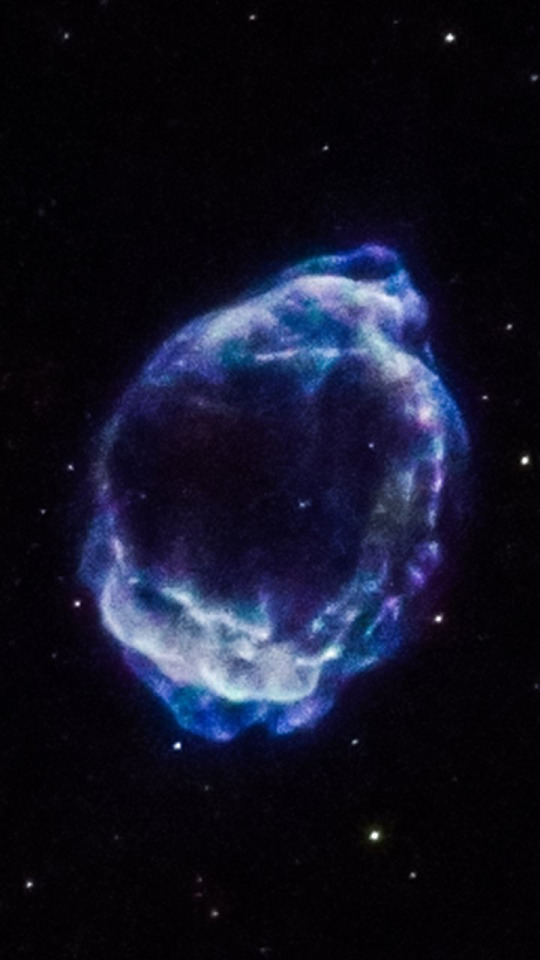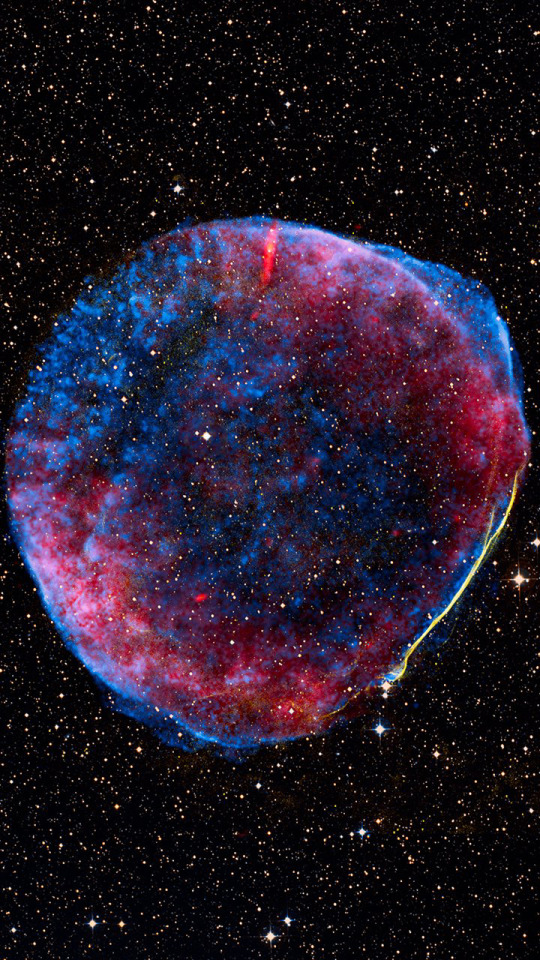Writing Tips
Writing Tips
Descriptions in Between Dialogue
✧
⤠ how characters interact with the environment
⇝ moving something, picking something up, looking somewhere
⤠ how the environment interacts with the characters
⇝ weather, other character’s actions or movements
⤠ gestures
⇝ facial expressions, body language
⤠ shifts in position
⇝ standing, sitting, leaning, shifting weight, crossing arms/legs
⤠ physical reactions
⇝ body temperature, fidgeting, heart rate, character quirks
⤠ environmental descriptions
⇝ descriptions using the five senses, setting, character’s appearances
⤠ internal dialogue
⇝ emotional reaction to what was said, reflection of past experiences, connections to other characters/settings/actions
➵ I want to reiterate… descriptions using the five senses ; when in doubt, think of the five senses your character is experiencing and pick what best moves the story forward
More Posts from Donutdomain and Others


A friend of mine shared this fantastic resource over Discord, so did a few studies in-between working on homework!

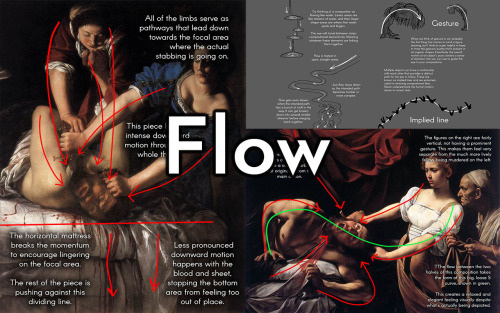
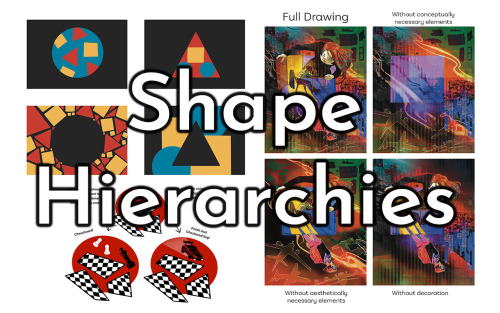
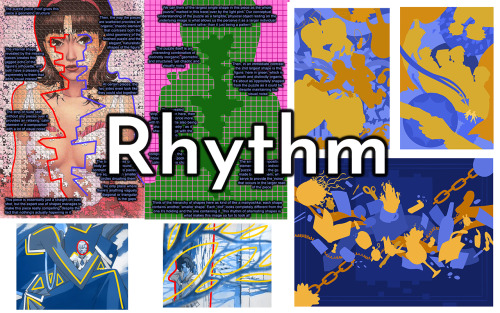
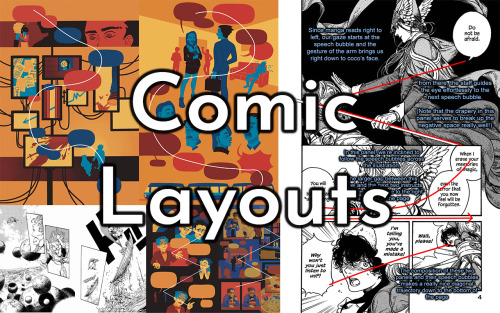
Hello everyone! after a couple of months of work on this beast of a thing, the first draft of my promised writeup on understanding composition is finally ready! This badboy is almost 15,000 words, and over 150 pages long. In these images, you can see a couple of examples of the kind of subject matter I’ll be covering, but it’s very comprehensive.
This is currently available on my Patreon starting at just $2!
I think what I offer is a pretty unique take on composition, and it’s geared to be understood without a lot of consideration for the more finnicky technical elements of drawing, so if that’s part of art you have trouble with you might find some answers in my approach. Using my own art and examples from various disciplines and eras, I break down how to understand why a composition does - or doesn’t - work, all building to a toolset that lets you have control over your own compositions with precision and intent.
A sincere thank you to anyone who takes the time to look at it, and at the end of the day, always remember one fundamental rule of art:


“Welcome to Snackbeard’s Sandbar and Krill And Other DelicaSeas and Delights!”
When snacktime beckons in the deep sea, salmon snailfish wiggle wiggle those little chin-fins (which are actually modified pectoral fins) in the sand—but it’s all in good taste. Those whiskers are covered in tastebuds, and can help them sus out small crustaceans, like amphipods and crabs, hidden in the muck!

Stars and Dust Across Corona Australis : Cosmic dust clouds cross a rich field of stars in this telescopic vista near the northern boundary of Corona Australis, the Southern Crown. Less than 500 light-years away the dust clouds effectively block light from more distant background stars in the Milky Way. Top to bottom the frame spans about 2 degrees or over 15 light-years at the clouds’ estimated distance. At top right is a group of lovely reflection nebulae cataloged as NGC 6726, 6727, 6729, and IC 4812. A characteristic blue color is produced as light from hot stars is reflected by the cosmic dust. The dust also obscures from view stars in the region still in the process of formation. Just above the bluish reflection nebulae a smaller NGC 6729 surrounds young variable star R Coronae Australis. To its right are telltale reddish arcs and loops identified as Herbig Haro objects associated with energetic newborn stars. Magnificent globular star cluster NGC 6723 is at bottom left in the frame. Though NGC 6723 appears to be part of the group, its ancient stars actually lie nearly 30,000 light-years away, far beyond the young stars of the Corona Australis dust clouds. via NASA

The Cats Eye Nebula in Optical and X-ray : To some it looks like a cat’s eye. To others, perhaps like a giant cosmic conch shell. It is actually one of brightest and most highly detailed planetary nebula known, composed of gas expelled in the brief yet glorious phase near the end of life of a Sun-like star. This nebula’s dying central star may have produced the outer circular concentric shells by shrugging off outer layers in a series of regular convulsions. The formation of the beautiful, complex-yet-symmetric inner structures, however, is not well understood. The featured image is a composite of a digitally sharpened Hubble Space Telescope image with X-ray light captured by the orbiting Chandra Observatory. The exquisite floating space statue spans over half a light-year across. Of course, gazing into this Cat’s Eye, humanity may well be seeing the fate of our sun, destined to enter its own planetary nebula phase of evolution … in about 5 billion years. via NASA
An interesting fact I just learned about amethyst! It is a light-sensitive crystal, so if you keep it in direct light, the color can fade. So if you want to preserve the pigment of your amethyst, make sure to keep it out of direct lighting ☀️💜


Some people asked how I paint hair, so I made this very simplified explanation, but I hope it helps someone.
The @ is my twitter btw ^~


a couple notes on how i think about lighting (& mattes) for storyboards that i made a while back while looking at student portfolios!
-
 thegayexpression liked this · 3 weeks ago
thegayexpression liked this · 3 weeks ago -
 amazingpetey reblogged this · 3 weeks ago
amazingpetey reblogged this · 3 weeks ago -
 mistymountiansontopcryingrivers liked this · 1 month ago
mistymountiansontopcryingrivers liked this · 1 month ago -
 lingy910y liked this · 1 month ago
lingy910y liked this · 1 month ago -
 evaiskindaweird liked this · 1 month ago
evaiskindaweird liked this · 1 month ago -
 classyruinsbarbarian reblogged this · 1 month ago
classyruinsbarbarian reblogged this · 1 month ago -
 craftytrashnightmare liked this · 1 month ago
craftytrashnightmare liked this · 1 month ago -
 eboyxi reblogged this · 1 month ago
eboyxi reblogged this · 1 month ago -
 eboyxi liked this · 1 month ago
eboyxi liked this · 1 month ago -
 i-cannot-spell liked this · 1 month ago
i-cannot-spell liked this · 1 month ago -
 indigofilm liked this · 1 month ago
indigofilm liked this · 1 month ago -
 fukuromates liked this · 2 months ago
fukuromates liked this · 2 months ago -
 tatomikat liked this · 2 months ago
tatomikat liked this · 2 months ago -
 tatomikat reblogged this · 2 months ago
tatomikat reblogged this · 2 months ago -
 fallen-pale-king liked this · 2 months ago
fallen-pale-king liked this · 2 months ago -
 fandomlover32251 reblogged this · 2 months ago
fandomlover32251 reblogged this · 2 months ago -
 fandomlover32251 liked this · 2 months ago
fandomlover32251 liked this · 2 months ago -
 lucinaswirlwriter reblogged this · 2 months ago
lucinaswirlwriter reblogged this · 2 months ago -
 lucinaswirl liked this · 2 months ago
lucinaswirl liked this · 2 months ago -
 necrocrafter reblogged this · 2 months ago
necrocrafter reblogged this · 2 months ago -
 necrocrafter liked this · 2 months ago
necrocrafter liked this · 2 months ago -
 yipyipallyall liked this · 2 months ago
yipyipallyall liked this · 2 months ago -
 1st-lil-poet liked this · 2 months ago
1st-lil-poet liked this · 2 months ago -
 arcylethra reblogged this · 2 months ago
arcylethra reblogged this · 2 months ago -
 booklovernerdhuman1 reblogged this · 2 months ago
booklovernerdhuman1 reblogged this · 2 months ago -
 aftonfamily liked this · 2 months ago
aftonfamily liked this · 2 months ago -
 welcome-home-official reblogged this · 2 months ago
welcome-home-official reblogged this · 2 months ago -
 mayblossomss liked this · 2 months ago
mayblossomss liked this · 2 months ago -
 kirrarae liked this · 3 months ago
kirrarae liked this · 3 months ago -
 antiantideppressant liked this · 3 months ago
antiantideppressant liked this · 3 months ago -
 blooranje liked this · 3 months ago
blooranje liked this · 3 months ago -
 theimpalatales liked this · 3 months ago
theimpalatales liked this · 3 months ago -
 the-silly-creature liked this · 3 months ago
the-silly-creature liked this · 3 months ago -
 midnite-enjoyer reblogged this · 3 months ago
midnite-enjoyer reblogged this · 3 months ago -
 newdawnhorizon reblogged this · 4 months ago
newdawnhorizon reblogged this · 4 months ago -
 smolbean18 liked this · 4 months ago
smolbean18 liked this · 4 months ago -
 books-and-tea4life reblogged this · 4 months ago
books-and-tea4life reblogged this · 4 months ago -
 psyche369 liked this · 4 months ago
psyche369 liked this · 4 months ago -
 cozybrushes reblogged this · 4 months ago
cozybrushes reblogged this · 4 months ago -
 mcsupremacy liked this · 5 months ago
mcsupremacy liked this · 5 months ago -
 rainbowjaeger liked this · 5 months ago
rainbowjaeger liked this · 5 months ago -
 transparententhusiastmentality liked this · 5 months ago
transparententhusiastmentality liked this · 5 months ago -
 story-scramblery reblogged this · 5 months ago
story-scramblery reblogged this · 5 months ago -
 privatemythologies reblogged this · 5 months ago
privatemythologies reblogged this · 5 months ago -
 yellowashh reblogged this · 5 months ago
yellowashh reblogged this · 5 months ago

I just reblog fun facts/tipsScience, nature, geology facts etc! + art & writing tips!
67 posts
